A Saigon – Phnom Penh – Siem Reap bus trip
So, here I am sitting at the Cairo airport satisfied with a successful trip, listening to Guaranteed by Eddie Vedder. I had to wait for another couple of hours in Cairo followed by a 4 hour lay-over in Muscat before reaching back to Bangalore. This amount of time was apt for me to plan my next trip. So, as always, I opened up the map and started browsing the globe.
Having a good knowledge of geography saves you a lot of time while looking for a suitable destination.
After going through many options and keeping my budget in mind, I finally decided to tick-off this SEA bus trip from my list. A trip to Southeast-Asian countries is easier to plan for an Indian tourist. The visa norms are relaxed for most of the destinations which gives you a lot of flexibility in planning. I decided to start the journey from my favourite location of the last year – ‘Siagon’.
29 Dec to 02 Jan – Saigon
I arrived at noon. There were more than a thousand people waiting at the immigration counter.
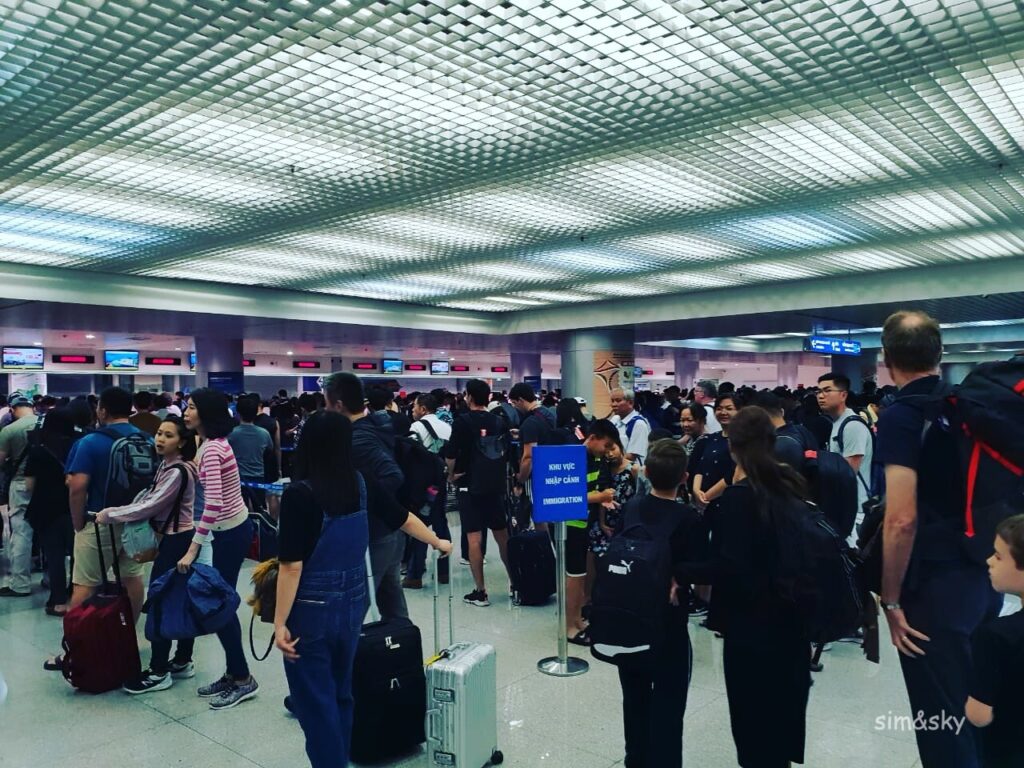
The visa counter at the airport reminded me of the university I graduated from. Irrespective of the number of students arriving to collect the documents, it just had a single window for applications and no shade. At least I was sitting inside an air-conditioned hall this time. It took me approx 2 hrs to get the VOA and clear the customs.
It was my second trip to Vietnam this year and this time it welcomed me with a rainy evening.
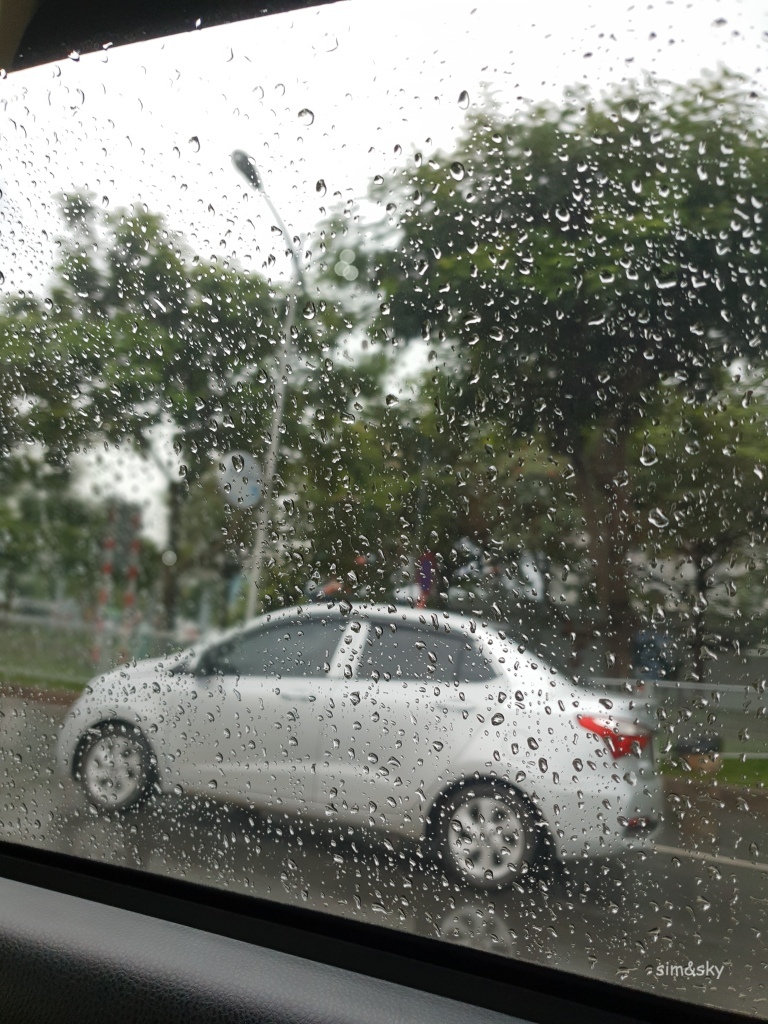
Vietnam has a long history of war. The recent one being The Vietnam war or, as known by the Vietnamese, The American war. It was fought between the North Vietnam, supported by the communist Chinese and the south Vietnam, supported by the US and its anti-communist allies. It ended with the fall of Saigon in 1975. The North & south Vietnam were united under a communist government in 1976. You can still see people suffering from illness caused by agent orange, a chemical used by the US army during the war. Visiting the Cu-chi tunnel and the War Remnants museum gives you an idea of the things the Vietnamese people have gone through during the war. It was the slowest I had ever moved through a museum, seeing the photographs and reading the descriptions about the events of the war. You develop a certain kind of respect for the locals after going through such experiences.
Ho Chi Minh City aka “Saigon” is a city in southern Vietnam famous for the pivotal role it played in the Vietnam war. It was renamed Ho Chi Minh City after the spiritual leader of Vietnamese Communism, but residents were so reluctant to adopt the new name that authorities kept the official name but the city center is still called Saigon. It is the most populous city in Vietnam.
The city is chaotic, the traffic is crazy and the people are nice and humble. Getting around becomes easier due to availability of bike taxis which are cheap and easy to find. Uber has stopped operating in most of the SE Asian countries as It has now combined its operation with “Grab” and the same can be now used to book a taxi. The best way to explore the near-by tourist attractions is again by hiring a motor-bike.
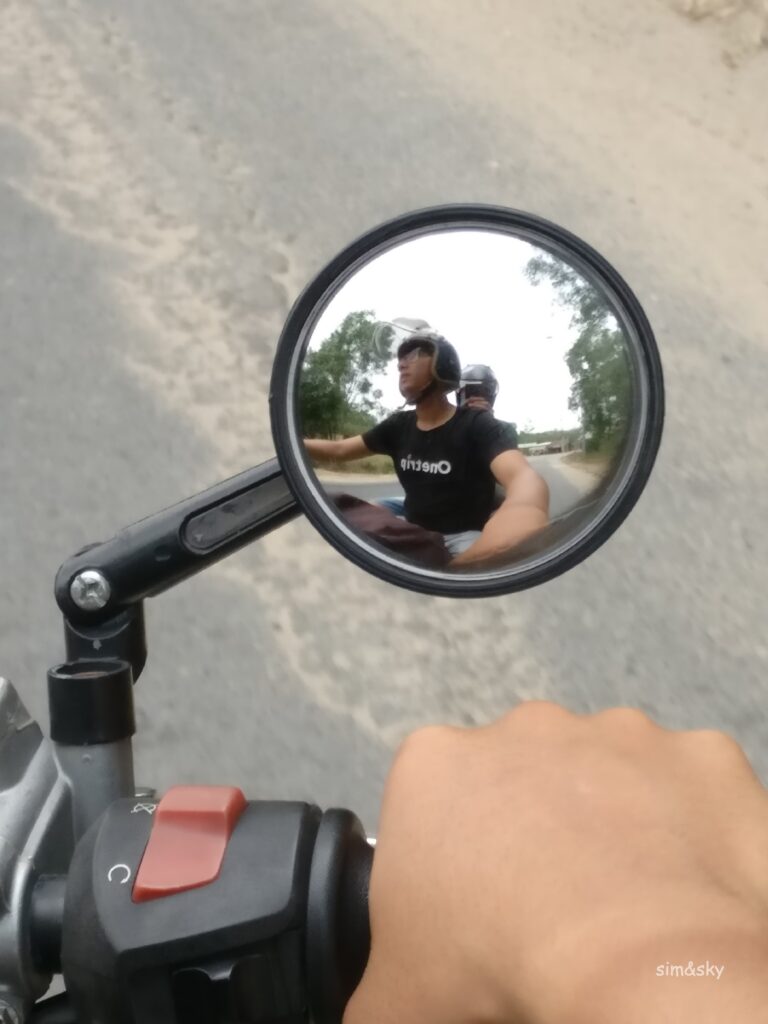
I booked a ticket to visit “The World of Heineken” located in the tallest tower in Saigon. There are different slots for the tour in different languages. When I reached, the slot for the English tour was already full, so they offered me to join the tour in Vietnamese. That is where I met Bo and his friends. Initially, I felt left out, but in few minutes we were talking and laughing and playing games together. I was amazed to see how much we could share using some hand gestures and few English words. All of this happened in April 2018.
In April, I also visited a coffee shop near the river. The coffee was not so great but I liked the seating area overlooking the river. This place reminded me of Mumbai’s Marine Drive, an ideal place to sit and reflect on your past. It is when you are alone with your thoughts, away from any influences, that you can make the strongest commitments to yourself. I visited this place again, this time during the new year celebrations.
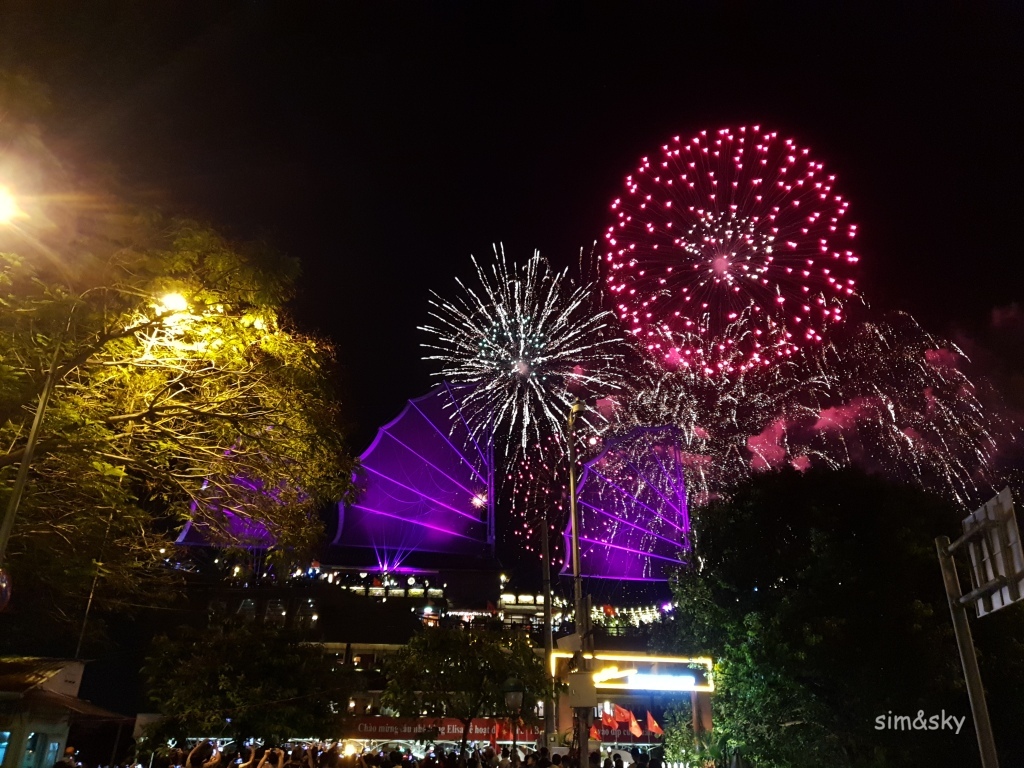
As this was my second visit to Saigon this year and I had already covered the major tourist attractions, I concentrated mostly on meeting old friends and exploring the city by walk. I will come to this city again as many times as possible.
02 Jan to 04 Jan – Phnom penh
Phnom Penh is the commercial and political capital of Cambodia. It is located at the confluence of the Tonle Sap, Mekong and Bassac river. I arrived in PP at noon after a 7hrs long bus journey from Saigon. The bus operator provided free Wifi during the journey which helped me to find out the nearest ATM. Most of the Cambodian ATMs dispense USD and the prices in most of the shops and restaurants are listed in USD unlike Vietnam where they are listed in Vietnamese Dong. I took a tuk-tuk to my guesthouse from the ATM. I kept all my luggage there and left for an evening walk and concluded my day with a heavy meal.
Next day, In the morning I visited the Royal Palace. It is a complex of buildings which serves as the royal residence of the king of Cambodia. I spent some time watching the silver Stupas and walking by the well-maintained green gardens.
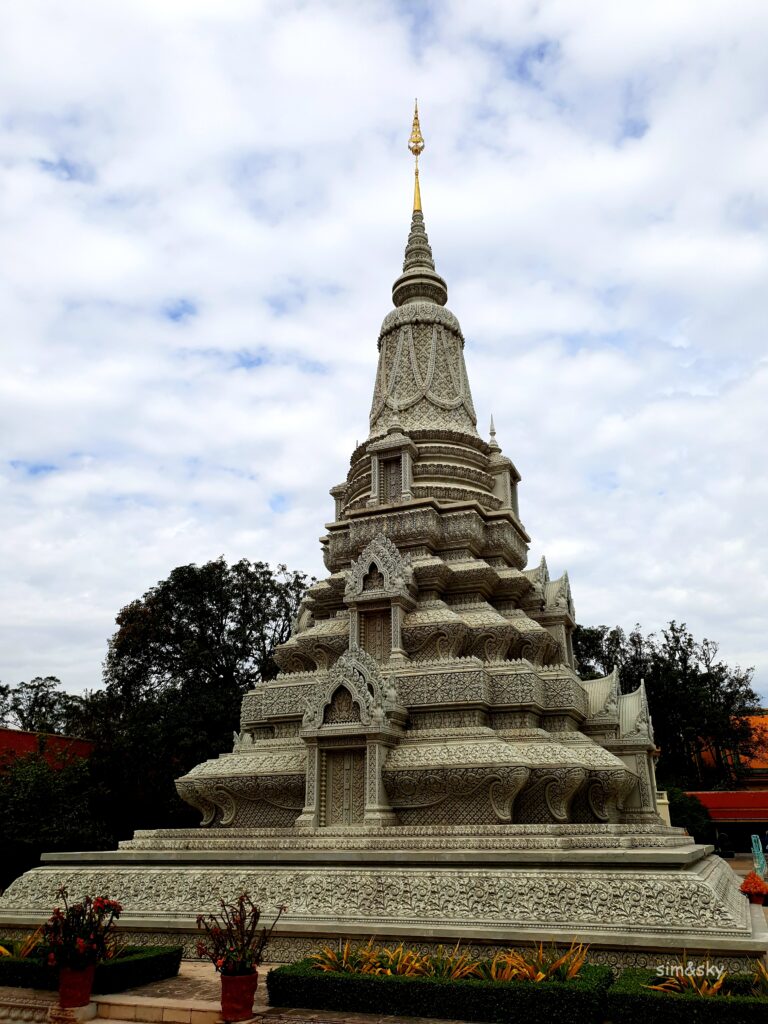
By the time I had finished scanning the palace, I had started to loose interest already. That is when my tuk-tuk driver took me to my next destination – “The Genocide Museum”. I am not a big fan of visiting places designated as ‘museum’ but the war museums in Saigon and Phnom Penh were nothing like I’ve ever visited before.
Tuol Sleng Genocide Museum aka “S21” was previously a secondary school which was used as a security prison by the Khmer Rouge regime from its rise to power in 1975 to its fall in 1979. Together S21 and Chound ek genocidal center aka “The killing Fields” paint a horrifying picture of Cambodian history and the atrocities of the Khmer regime. I spent 2-3 hrs in both the places listening to the experiences of real people through audio guides.
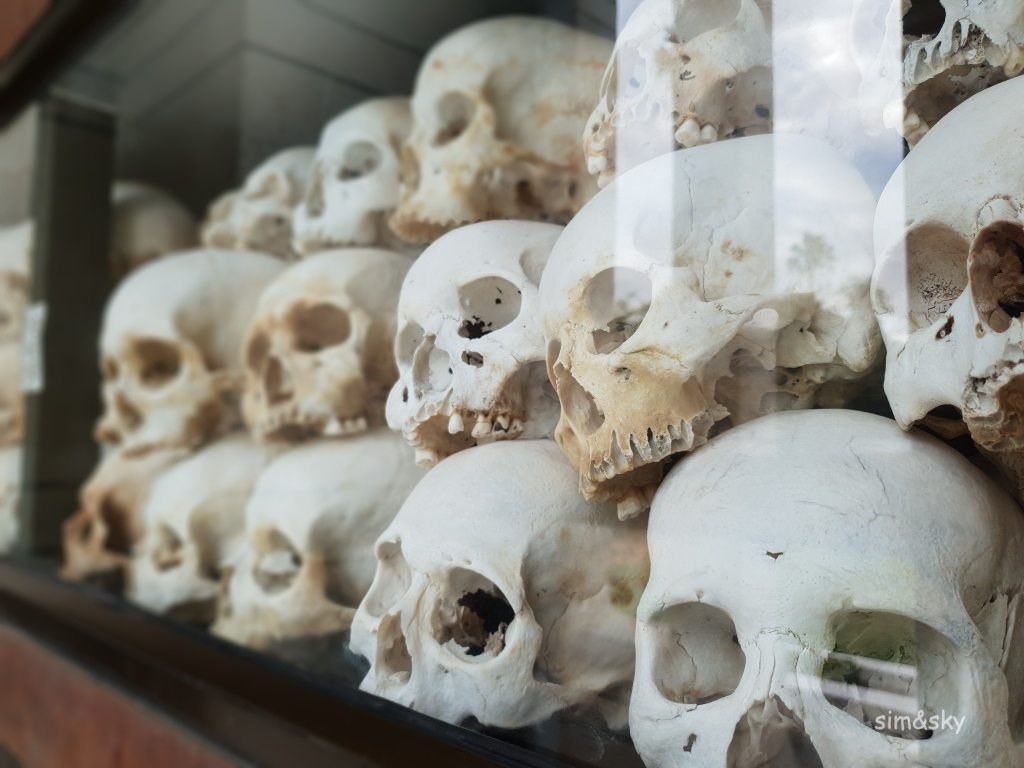
The experience of walking in a place which was a killing field some decades ago and listening to the experiences of the people who have suffered in those grounds leaves you with thoughts which will linger in your head for a long time. I listened to some of the stories multiple times, searched for them over google on my way back to the hotel and spent rest of my evening reading about them.
For dinner, I ordered a pizza from a local shop and while it arrived I discussed about the Cambodian history with my host who himself is a war veteran. We talked about POL POT, a Cambodian revolutionary and politician. We discussed how an educated person’s attempt to form a Communist peasant farming society resulted in the deaths of 25 percent of the country’s population from starvation, overwork and executions.
While planning my trip I was confused about the time I’ll have to spend in Phnom Penh, as I had no idea about the activities or tourist sites available here. Surprisingly, it turned out to be the best learning experience of my trip. Next day, I packed my bag and left for the bus depot to catch my bus to Siem reap.
04 Jan to 06 Jan – Siem Reap
Siem Reap is one of the most visited places in the SE Asia region. It is the gateway to the temples of Angkor, world’s largest religious site. The complex consists of many temples including Angkor-Wat, Angkor-Thom and the Bayon temple. You can get one-day, three-day or a weekly pass to visit the temples. A tour to the temples can be easily arranged by talking to the hotel reception. The tour is divided into two parts namely ‘small circuit’ and ‘big circuit’ , you can opt to take both on the same day or two different days. I chose to take both on the same day.
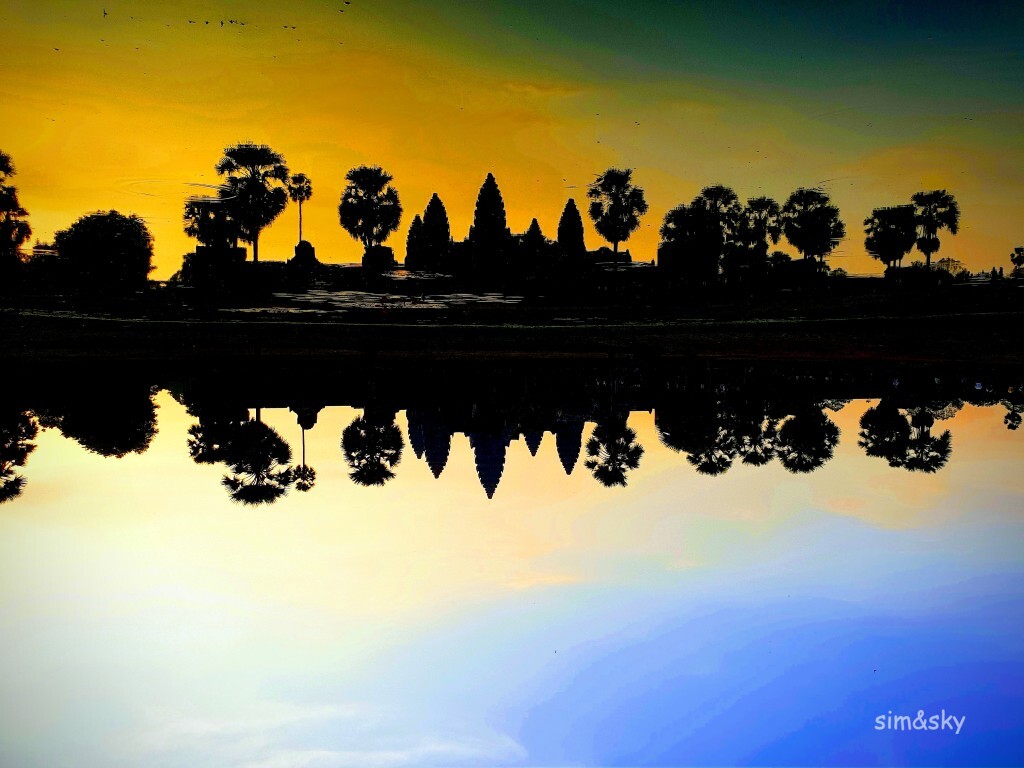
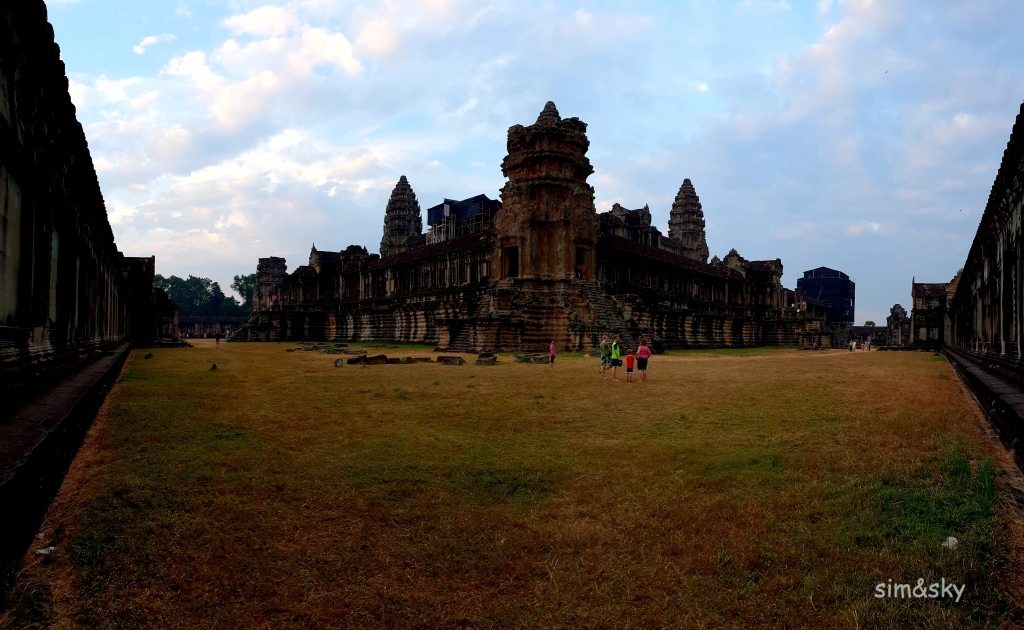
When visiting the temples, one should not miss the opportunity of experiencing the sunrise, so, I started early at 4 am. The complex is huge and there are numerous temples to visit. I had taken couple of biscuit packets with me which helped me skip the breakfast and lunch saving me some time to cover more temples.
Angkor Wat, the main temple, was originally a Hindu temple dedicated to god Vishnu which was gradually transformed into a Buddhist temple by the end of 12th century. The Bayon temple is famous for its unique feature including towers with faces carved out of stone. The temple of Ta Prohm was used as a location in the film Tomb Raider.
The temples are very well preserved and the grandeur of the complex will leave you astounded. I covered more than 10 temples and walked around 25 Km surviving on two packets of biscuits and drinking water and juices whenever possible to keep the body hydrated. After a time everything starts to look the same and you start experiencing the temple fatigue. By the time I had finished visiting the last temple, I already wanted to go back to the hotel and have an Indian meal for dinner. It is not hard to find an Indian restaurant in any part of the world these days. In Siem Reap, also, you’ll find many options of restaurants serving Indian food. I went in one such restaurant and ate like it was going to be my last meal on earth. On the next day, I explored the city on foot and tried the local 50 cent beer.
Next day, I took my flight back to Bangalore. A long awaited trip finally came to an end and I came back to my so called normal life filled with anxiety and need for another adventure.
Visa Details –
Vietnam:
There is no Visa on arrival. You need to apply for a visa approval letter through any of the Vietnamese visa agencies online. You need to show this letter(along with other documents) to get your visa stamped at any of the international airports in Vietnam.
I applied for the visa approval letter through this site.
It takes 24-72 hrs to get a visa approval letter. The airline will inquire for the letter before handing over the boarding pass while leaving the country.
This process is valid only if you are entering Vietnam through any of the International airports. If you are entering through any of the land borders then you’ll need a valid Visa in advance.
Cambodia:
Cambodia has visa on arrival and E-Visa facilities available for Indian tourists. To be on safer side, I applied for an E-visa. The process is very convenient, you can apply at this link.
I didn’t see anyone facing any issue to get a Visa on arrival at the Cambodian border. But, I’d suggest you to have an E-visa if you are planning in advance.
I was initially planning to start my bus journey from Cambodia ending in Vietnam but the visa norms are easier to meet when you land at Vietnam and then travel to Cambodia by bus. Keep this in mind if you are planning any road trip through these countries.
If you are already in Cambodia and make a sudden plan to visit Vietnam, you can obtain a visa from the Vietnamese Embassy in Phnom Penh. It will take 2-3 days or less depending on the amount you are willing to pay the agent.
Where to stay, how to get around & what to do –
Saigon (Ho Chin Minh City)
Stay:
You can stay at any place in District 1. There are options available in all price ranges as it is the city center and all the things are easily available here for the tourists. During my two visits I stayed at:
- Christina’s Saigon
- Phuc Duc Hotel, District 1
Getting around:
Download Grab app for booking a taxi or a motorcycle. District 1 is a good place to stay for people who like to walk as the restaurants, markets and pubs are nearby.
For visiting nearby tourist attractions, I booked tours through One-trip.
There are many other agencies available to book from or you can book a car and drive yourself.
Where to go/What to do:
- Cu-Chi tunnel*
- Mekong Delta*
- Notre Dame cathedral, Central Post Office, Reunification Palace, and War Remnants museum
- Saigon Sky deck
- Walk around* : explore the local markets, the cafe apartment, bui-ven(the beer street),Nguyen Hue Walking Street, the little Japan and the river front.
- The coffee shop – My Life Coffee
Phnom Penh:
Stay:
Daun Penh District is the best area to stay. But I stayed in a different one – Penny’s peaceful guesthouse (highly recommended for solo travelers)
Getting around:
A tuk-tuk can be arranged by the hotel for the whole day for $25/$30. Tuk-tuks are easily available on the roads for getting around in the city.
Where to go/What to do:
- Royal Palace, Silver Pagoda & Independence Monument
- S21 prison*
- The killing fields*
SIEM REAP:
Stay:
Old market area, It has easy access to the restaurants, night life and not too far from the Angkor temple complex. I stayed at The Kings Boutique hotel.
Where to go/What to do:
- Explore Angkor Archaeological complex*
- Phare: The Cambodian circus show
- Visit the floating village and waterfalls
- Get drunk on their 50 cent beer
*should not miss experiences
These suggestions give an idea about the main attractions or the places I’ve visited. There’s always more for you to explore. Never limit your trips to just a list, go beyond it and keep on adding something to it.